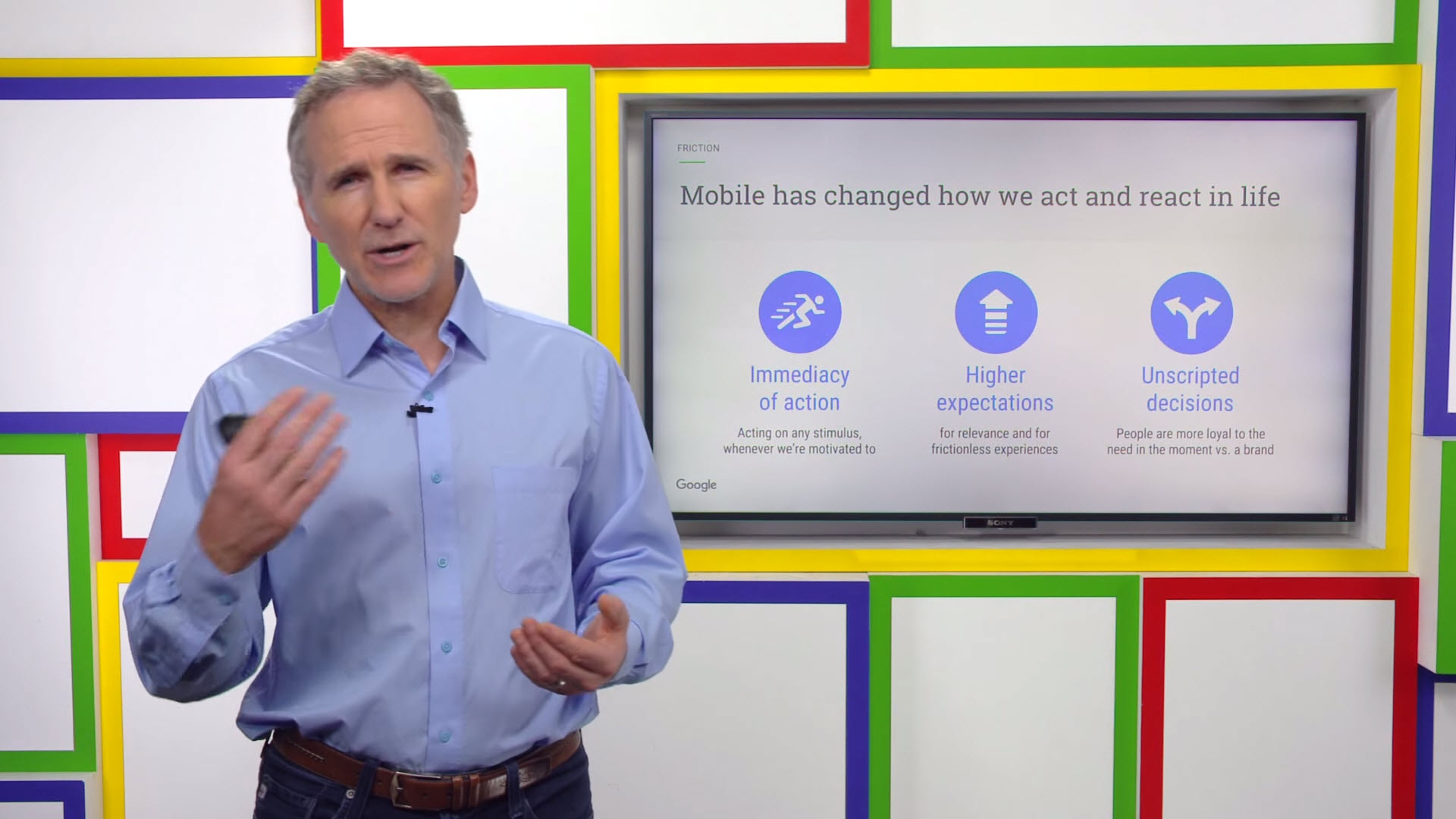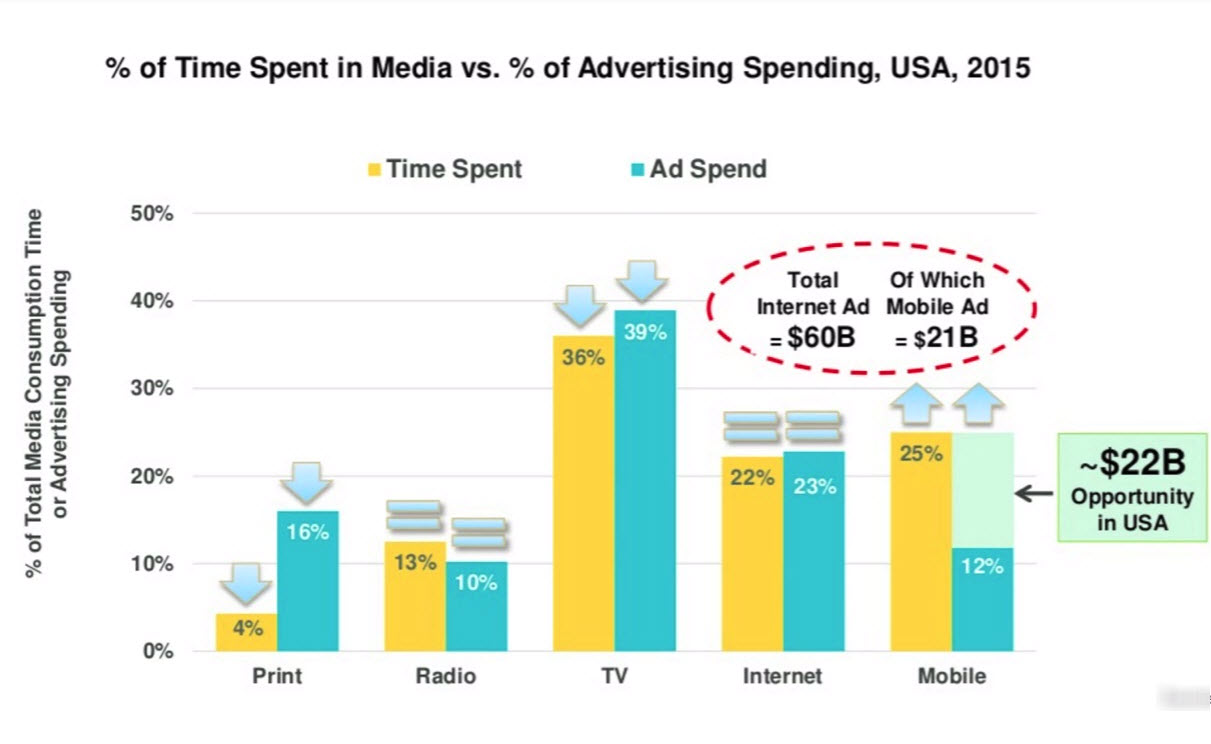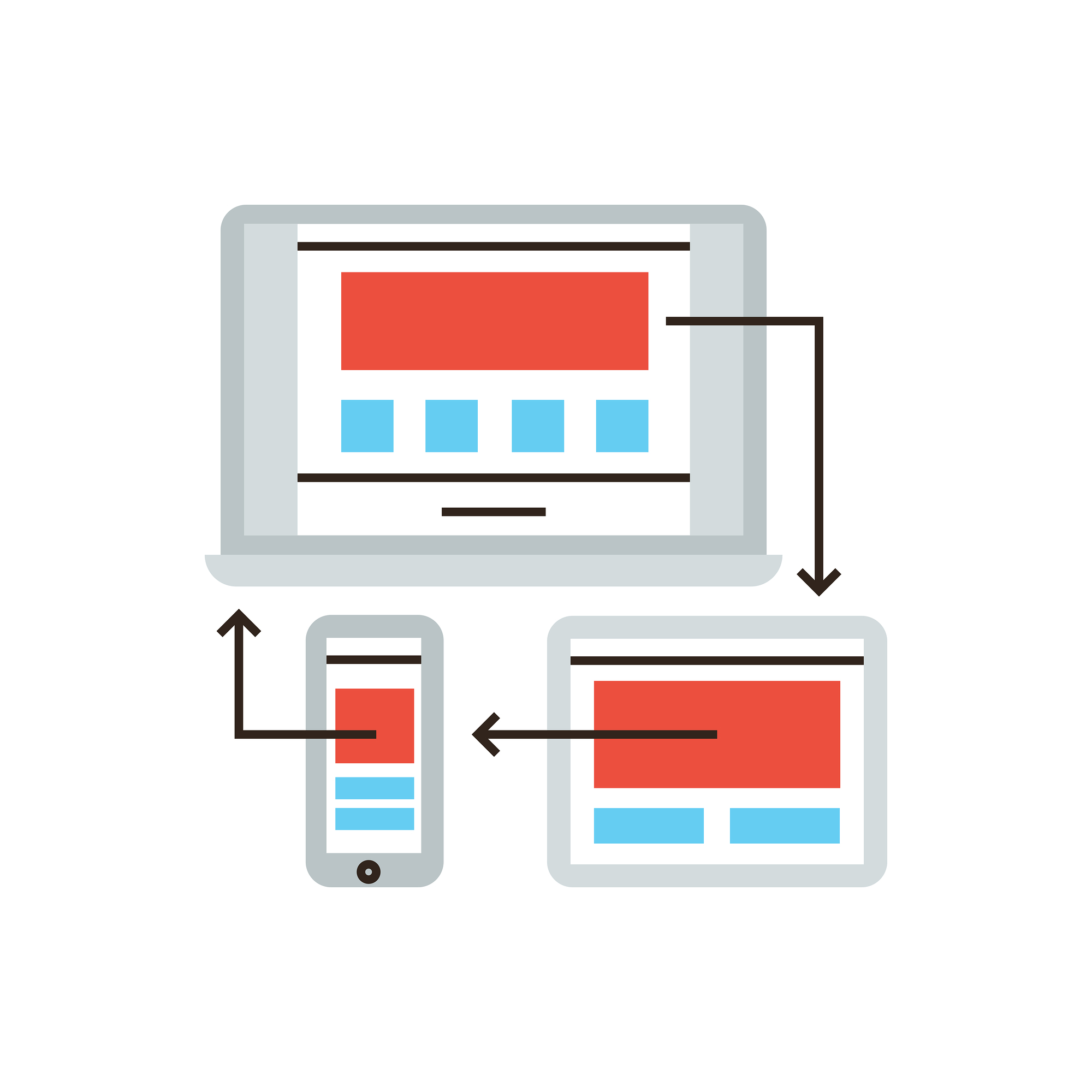
[Video] 5 Takeaways From Our Google Partners Livestream Event
On September 30th, WebMechanix hosted local Maryland marketers and business owners for a Google Partners Connect livestream event.
The subject of the event? All about the future of mobile — how consumers are changing their behavior in a mobile world, and how marketers need to adapt.
If you missed the event, don’t worry — we’ve embedded the recording below for your viewing pleasure. Read on for five key takeaways from the event, including trends that may change the way you approach your digital marketing efforts.
https://www.youtube.com/watch?v=RiU9Ffg-Bg0
Don’t have time to watch? Here are the five things you need to know:
1) Consumers no longer GO online… we LIVE online

The elements that drive our consumer behavior remain unchanged (i.e. to be entertained, be informed, explore and acquire stuff).
What HAS changed is the medium through which we fulfill those desires — the web, and specifically our phones.
Why? Because unlike more traditional outlets for information (like TV ads, classifieds, billboards and in-store offers) our phones allow us to get:
- Exactly what we want
- When we want it (i.e. right now)
Our phones truly move the locus of control to the consumer, not the advertiser… and this drastically changes our expectations of how brands should interact with us.
2) Marketers lag behind consumers (to the tune of $22 Billion!)

Consumers spend 25% of their media time on their phones (which they check 150 times per day!), yet marketers only spend 12% of their ad budgets on mobile. That represents a $22 Billion dollar opportunity to capitalize on consumers’ attention.
That said, consumers now behave differently on their phones (and therefore in life)… so marketers need to follow suit.
First thing to know is that there are moments we just don’t want to hear from marketers — like when we’re communicating with our colleagues and loved ones, taking photos, checking the time, etc.
However, there are also critical times when consumers expect (and even want) to hear from marketers, called “micro-moments” — moments where buyers have intent, relevant context and a sense of immediacy.
In these critical “micro-moments” today’s consumer:
- Acts immediately on any stimulus or spark of motivation
- Has higher expectations for how relevant and easy their experience will be
- Makes unscripted decisions in the moment (i.e. say goodbye to brand loyalty, at least in the moment of purchase).
3) Eliminate friction at all costs

Failure to meet consumer expectations creates what’s called “friction” for the consumer. Here’s the simple math you need to know:
The higher the friction for the consumer, the less likely they will buy from you.
So, how can you get rid of this friction? There are 4 things you can do:
- Be there when the consumer is searching for a solution
- Be useful by providing helpful info versus mere interruption
- Be quick by making your website fast and intuitive (don’t make the user wait… or think!)
- Connect the dots to understand how users engage with your brand across multiple platforms (i.e. mobile vs. desktop)
With this in mind, it’s critical to understand how a user’s experience on mobile can make-or-break your digital marketing results.
4) Speed = revenue ($$$)

Ever waited 10 seconds or more for a page to load on your phone? Unless you were really motivated to get the info on that page, you probably hit the “back” button… and you were annoyed either way.
Speed is the one feature users want the most when browsing your website on their phones. Because the reality is this… after 5 seconds of waiting for a page to load, 75% of users have already abandoned your website.
With that in mind, it comes as no surprise that for every second in decreased load times you can experience a 27% increase in conversion rate.
So the new rule is this: Your mobile website should load in 3-6 seconds, tops.
To diagnose your current site speed, you can use Google’s Pagespeed Insights tool. You can simply enter your URL and Google will provide specific steps you / your web developers can take to speed up your website.
You can also check your Google Analytics to see which critical pages on your website are loading the slowest, so you can prioritize your developer’s work queue. Finally, you can see how your mobile site stacks up to the competition by using Google’s free WebPage Test tool.
5) Better mobile design = 140% higher conversion rates

While great design is more of a subjective judgement than page speed, we intuitively know it when we see it.
Not sure what that looks like? Look at the most successful apps from companies like Uber or Amazon — you’ll quickly get a sense of the types of designs on which consumers’ expectations are anchored.
In particular, there are 5 key areas (out of 25 total mobile design principles) that you can start optimizing today to get the biggest bang for your buck:
- Your homepage and site navigation
- Site search
- Ability to easily “convert”
- Ease of form entry
- Overall “usability” and form factor
So, how specifically can you optimize these elements? You can start by following these 3 simple rules:
- Eliminate unnecessary steps that prevent the user from getting from point A to point B. Examples could include unnecessary form fields, providing alternative “shortcuts” to completing a transaction, or creating a “one-click” way for a user to convert / complete a purchase.
- Anticipate users’ needs by taking advantage of the unique functionality inherent in mobile devices. Example include using GPS to recommend store locations, serving content and offers based on users’ past behavior and putting important calls-to-action (CTAs) in a prominent spot for your users.
- Test new ways to “delight” your users and create a more seamless mobile experience — whether that’s eliminating dropdown fields, putting clear benefit statements near your CTAs or using high-quality images with which the user can zoom & interact.
3 steps you can take right now
Ready to start optimizing your own website for mobile? Here are 3 easy steps you can take right now:
- Audit your site using Google’s website testing tool to get performance baselines for your site’s mobile-friendliness and site speed vs. the competition, along with specific recommendations.
- Choose the top 3-5 fixes that will have the maximum possible impact on performance and work with your developer to get it done.
- Test, rinse & repeat the process to continually improve your mobile conversion rates at the points of highest impact and opportunity.
And, of course, contact WebMechanix if you want to turn your mobile website into a business-generating machine… before your competitors do. 😉
Did you audit your site yet? What scores did you get? What specific steps are you taking to improve your results on mobile?
Most newsletters suck...
So while we technically have to call this a daily newsletter so people know what it is, it's anything but.
You won't find any 'industry standards' or 'guru best practices' here - only the real stuff that actually moves the needle.







